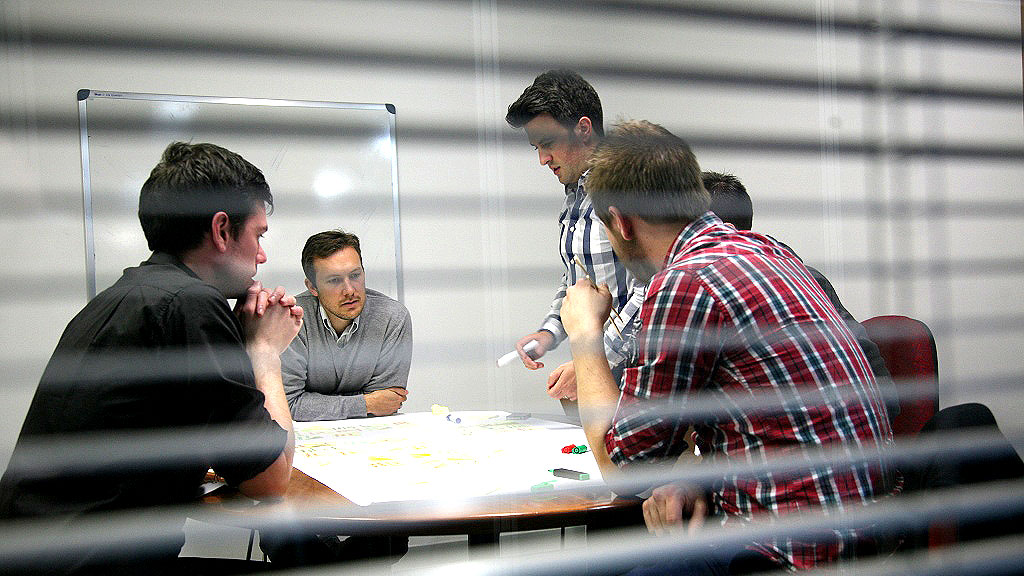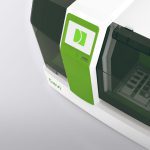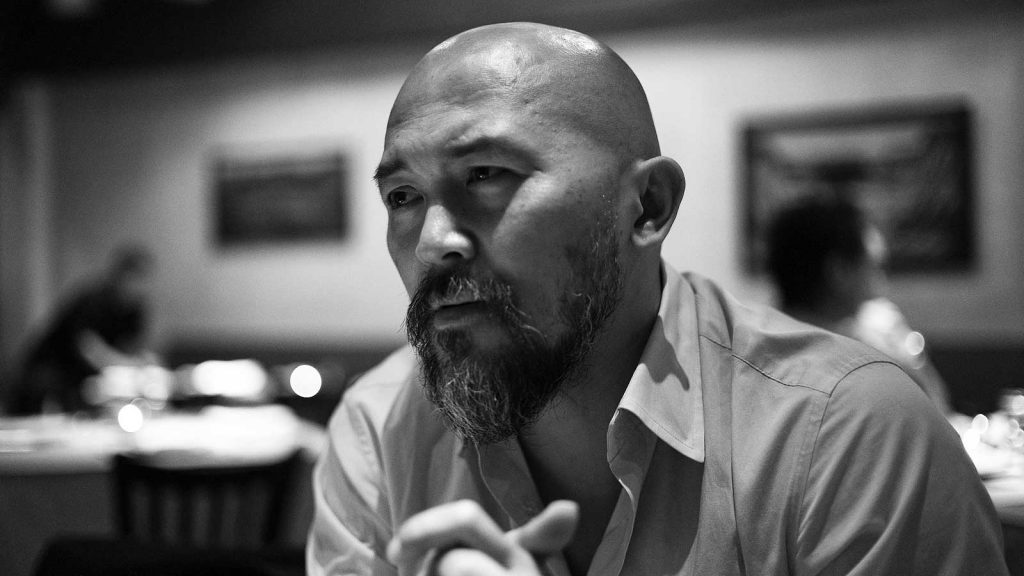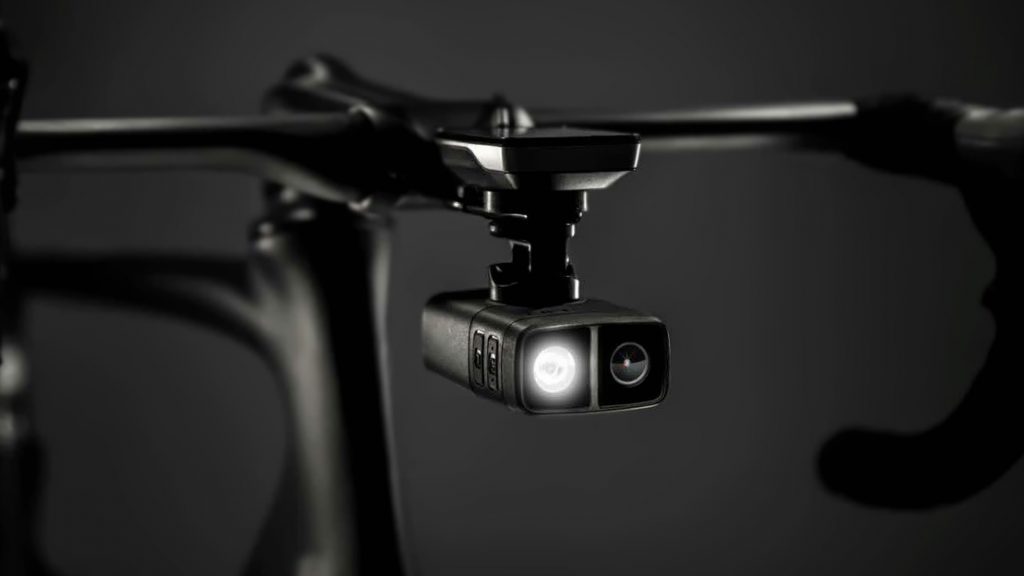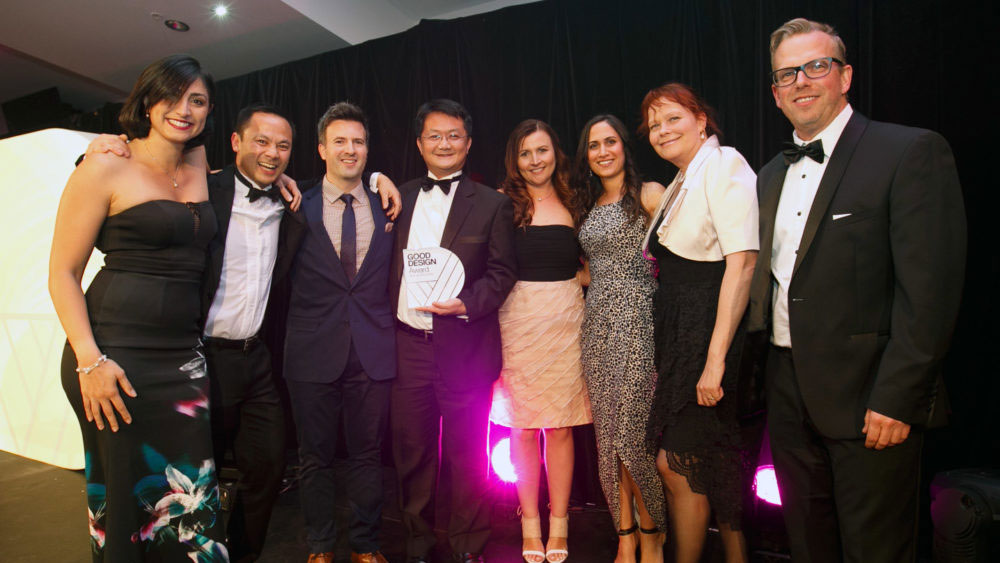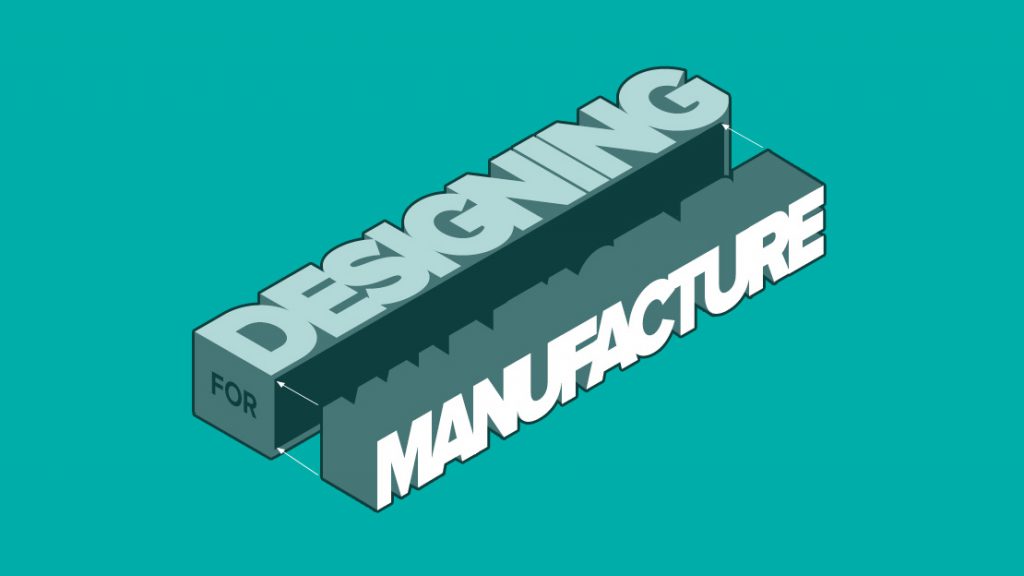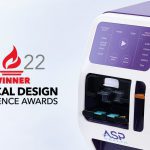
What makes a product great? Iconic? What makes some products dominate markets, change markets, even create new markets? Whatever the quality, the decision is made, neither by the team that created it nor the marketer who sold it, but by the people who use it. So that is where we start when we design a new product – with people. And that design must be more than skin deep.
I am often working with the development of complex biomedical equipment or hi-tech industrial and consumer products. Like everyone, I love to hear how wonderful the product looks, but what I also love to hear is silence. I love to see people approach a product that I have created and intuitively know how to open a cover, how to load a cartridge and understand what is happening – all without uttering a word. To me great design can be equated with a great experience.
To have that level of impact on the design of a product, industrial designers must first see themselves as having an integral role in the development process. The design process must become the development process.
Unfortunately it’s all too common for companies to head out in pursuit of developing a new product full of excitement and ambition, with hopes of eclipsing their competition and changing the game – only to launch a totally ‘adequate’ product.
It may satisfy all the technical specifications asked. On paper it may look to be the instrument to propel your business onto the front page of every industry publication you subscribe to – but in reality only receive a luke-warm reaction from the market.
Here is how you prevent that from happening.
When you enter the room, boot up the video conference and prepare to deliver an inspirational ‘kick-off’ speech to your internal product development team and maybe your contract development agency, ask the question, “Who are my industrial designers on this project?”. If they’re not even in the room, you have a problem. If they are in the room, check the project schedule and ensure that they have resource allocations across the full project timeline. If you see a bubble of industrial activity at the start of the project and a bubble of activity at the end – you have a problem. This is where development projects for complex or specialized products go off the rails. When Industrial Design gets relegated to providing concept sketches at the start of the project and aesthetic design at the end, no matter how good your industrial designer, then their ability to design an experience that will see you receiving awards for your product is nearly impossible.

To develop a product that truly excites the people who use it, someone has to be the advocate for that user all the way through the process. The process must be design driven. Iterative design that involves actual users through the development, as advocated through a design thinking approach, is ideal – but in a product development process that may span several years there will be long stretches when real users are not playing with the prototypes or beta models.
This is where a senior industrial designer and the project management team need to remain user-centric and continue to stand in the shoes of a typical person who may be using the instrument for the first time. While users may appreciate the quality finish of the covers and the easy operation of the doors, they are more concerned with intuitively knowing what to do next.
The goal should be to wrap the person within an experience that satisfies all their senses no matter how industrial or specialized the environment. And it’s the attention to the human factors that define the experience.
Whether developing an in-home coffee machine, or an emergency room diagnostic device, the goal should remain the same – develop the best product on the market. This can only happen when design is considered more than skin deep. When the designer works hand-in-hand with the engineering team. And when the design process is the development process.
Develop products that excite and delight.
No matter what the product.
Interested in Industrial Design? Get in touch here.

